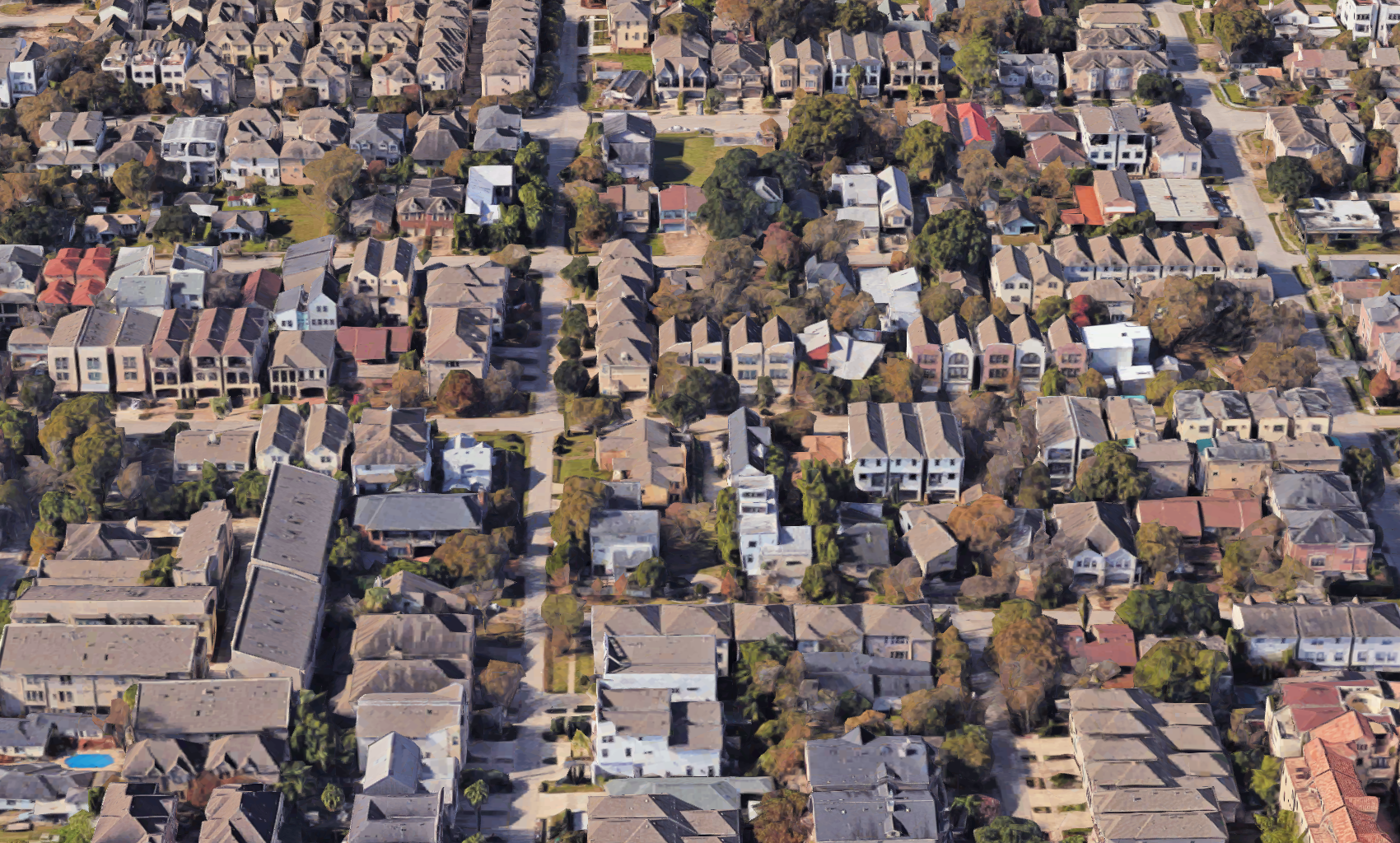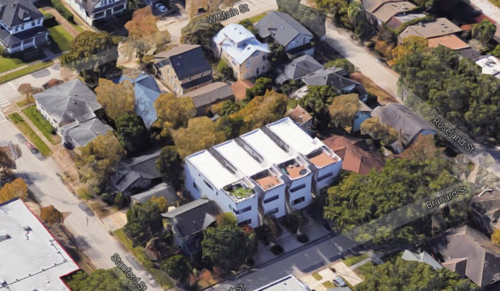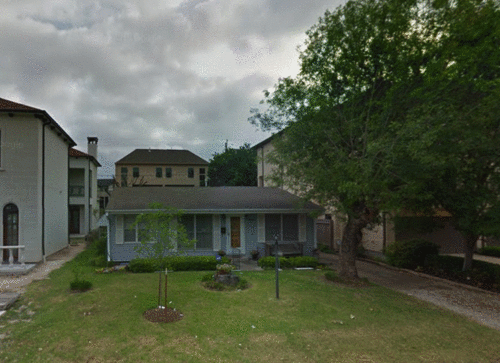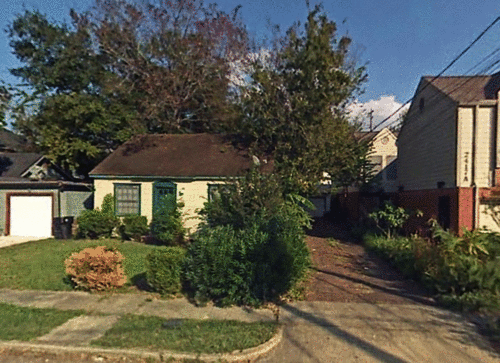jje1000
Senior Member
Interesting note- Houston's lack of zoning controls ironically is what allowed it to densify. Is this what a post-Yellow Belt neighbourhood will look like?
Rice Military, a former suburban neighbourhood.


Rice Military, a former suburban neighbourhood.

The Houston approach
Houston is famous for its car-oriented sprawl. Though it lacks a zoning code, the city has historically mandated low-density development through non-zoning regulations, like minimum lot sizes and stringent parking requirements.
But in 1999, Houston enacted sweeping land-use reforms: it decreased the minimum residential lot size from 5,000 square feet to 1,400 in close-in neighborhoods. In effect, this reform legalized townhouses in areas with suburban-style houses on huge lots. Two or three houses could now take the spot of one.
The political significance of these reforms cannot be overstated. Single family zoning is somewhat of a third rail in American local politics; it’s exceptionally rare for residents of suburban-style neighborhoods to allow denser development. Urbanist commentators have noted that “missing middle” housing — forms like duplexes and small multifamily apartments — has been regulated away in most American cities. Houston represents an important dissent from the notion that single family neighborhoods are to be preserved at all costs.
The results of these reforms have been remarkable. Areas that were once made up entirely of ranch-style houses, McMansions, and underused lots are now covered in townhouses.
The infill process is typically incremental, with detached homes being replaced one at a time. This often leads to a diversity of housing styles on a single block:


One major benefit of these townhouses: they’re cheap! Development at this scale uses cheaper construction methods than those of large buildings, and Houston’s straightforward permitting process reduces regulatory uncertainty and thus financing costs. A cursory search on real estate websites reveals luxury townhouses a mile from downtown from the low $300s.
Now, Houston’s approach does have its flaws. Parking is still mandated, setback requirements and inward-facing homes make for a lousy pedestrian experience, and some new houses are, frankly, ugly. In some areas, unhappy homeowners have lobbied successfully for block-level regulations that re-outlaw townhouses.
But the key insight here is that piecemeal densification is possible, and it works. Houston has found a way to add significant amounts of housing without sprawling.

Houston took this winning approach to adding housing. Could DC do the same?
Though DC has been adding lots of housing, new development is concentrated in large, expensive buildings in neighborhoods that are running out of empty lots to build on. Houston’s approach to densification — replacing detached single family homes with townhouses — offers some important lessons...
ggwash.org
Last edited:





/cloudfront-us-east-1.images.arcpublishing.com/tgam/YE3DCBZY6RN6TLDPIAQO2TABNY.jpg)
